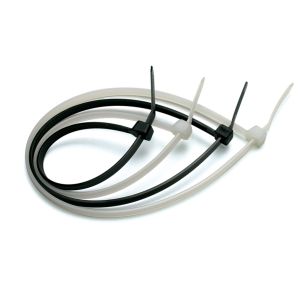Slips, trips and falls are no longer the biggest cause of non-fatal workplace, according to new data from the Health and Safety Executive (HSE).
But with costs associated with workplace injury and illness skyrocketing, now is no time for employers to grow careless with their health and safety responsibilities.
Slips, trips and falls (not from height) were the biggest cause of non-fatal workplace last year, but new data from the HSE shows a sharp decrease from 28% of non-fatal injuries to just 19% this year.
Non-fatal injuries sustained through handling, lifting or carrying are only slightly more common (20%), but slips trips and falls tend to lead to more time off from work – costing employers and taxpayers.
The total number of decreased from 77,270 to 72,702 according to RIDDOR statistics.
Reported incidents of fatal workplace injuries also decreased. But with the associated costs of employer negligence high, there is no room for complacency when it comes to HSE compliance.
Each fatal workplace injury estimated to cost £1.6m and every non-fatal injury estimated to cost £7,400. That equates to nearly £5bn in costs to the UK from workplace injuries alone.
The brunt of these costs fall on individuals, but a significant proportion is shared by employers and the taxpayer too.
Slips, Trips And Falls In Health And Safety Law
Slip, trip and fall regulations for employers are drawn from three important pieces of legislation:
The Health & Safety Work Act 1974 (HSA)
HSWA 1974 requires employers to ensure the health and safety of all their employees so far as is reasonable practical. This means balancing risk against the cost, time and trouble it would take to mitigate that risk. This includes taking steps to control slip and trip risks.
The Management Of Health & Safety At Work Regulations 1999 (Regulation 3)
This builds on the HSWA and requires employers to assess risks (including slip and trip risks) and take action where necessary.
The Workplace (Health, Safety & Welfare) Regulations 1992 (Regulation 12)
Require floors to be suitable, in good condition and free from obstructions. People should be able to move around safely.
The Biggest Causes Of Slips And Trips And How To Avoid Them
Slips and trips are difficult to avoid because they can happen for so many reasons. We’ve collated some of the most important risks and given information on how to mitigate the risks.
Uneven Floor Surfaces
This can include anything from a gaping hole in the pavement to slight differences in floor level and manhole covers or grates that jut out slightly above floor-level. Your response should be judged against the size of the problem. You may be able to improve visibility or cover up danger areas with soldered plastic or tread markers. But if the problem is serious, then you may need to resurface the area.
Slippy Floor Surfaces
These are particularly dangerous, especially after they have just been mopped or have otherwise got wet. Slippery surfaces can be treated (e.g. acid treatment) but in some cases you may need to replace it with a safer vinyl non-slip plastic floor. This type of smart flooring is often found in schools and hospitals.
Wet Floors
These will exacerbate the risk of a worker or member of the public slipping up and injuring themselves. Spillages should be cleared up as soon as possible and cleaning staff should receive training on how to clean up in as safer way as possible.
Loose Cables & Wires
Loose cables and wires are one of the main causes of tripping in the workplace. Effective cable management is crucial to avoid accidents. Cable ties, tidies, binding and tape can all help keep your wires organised so that they don’t present an obstruction.
Cable protectors, ramps and barriers are also great for minimising the risk of accident, particularly in temporary, cable-heavy environments, such as on film sets or at festivals.







